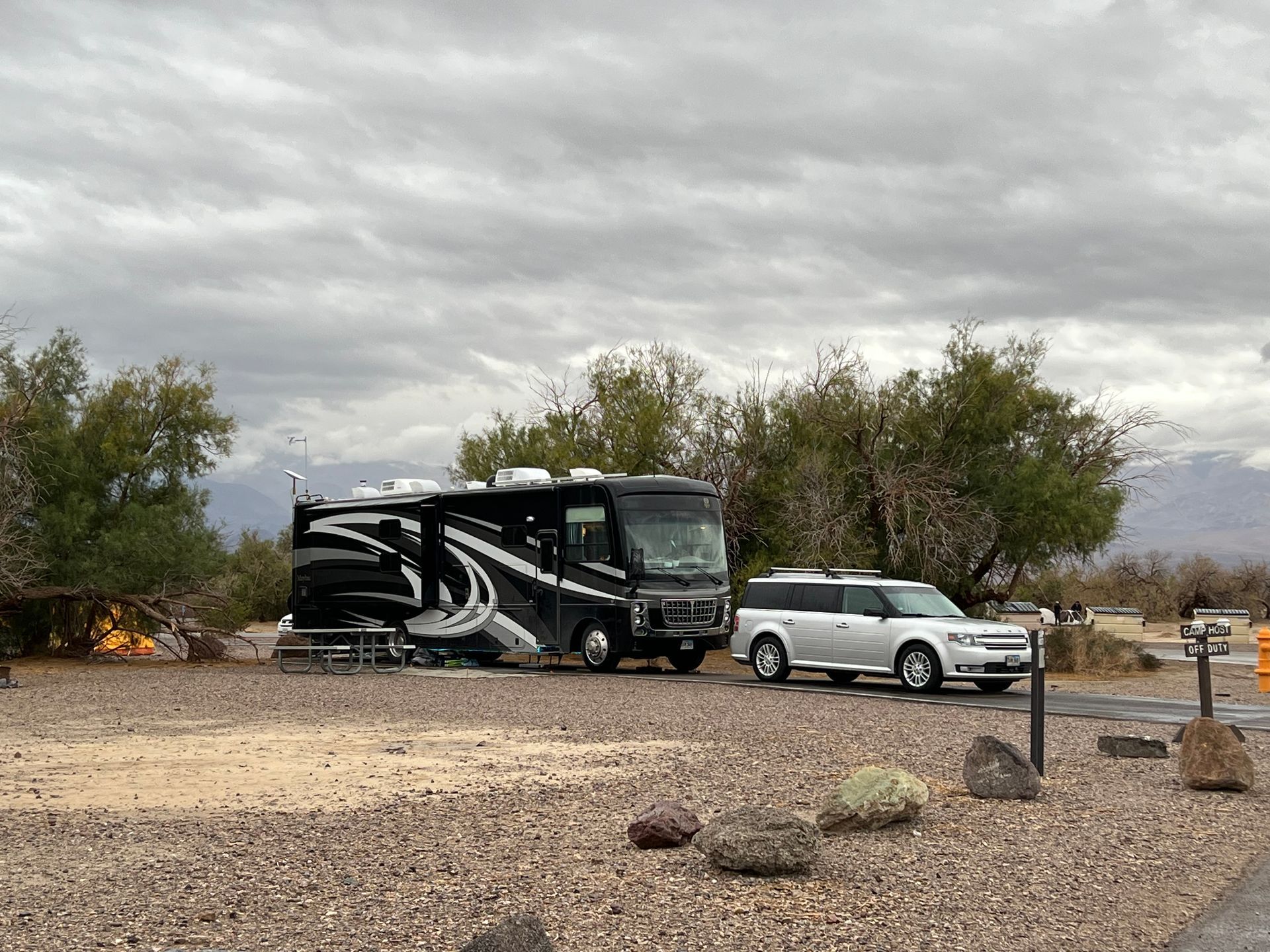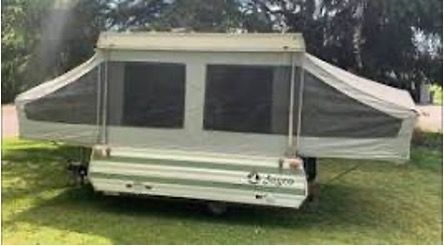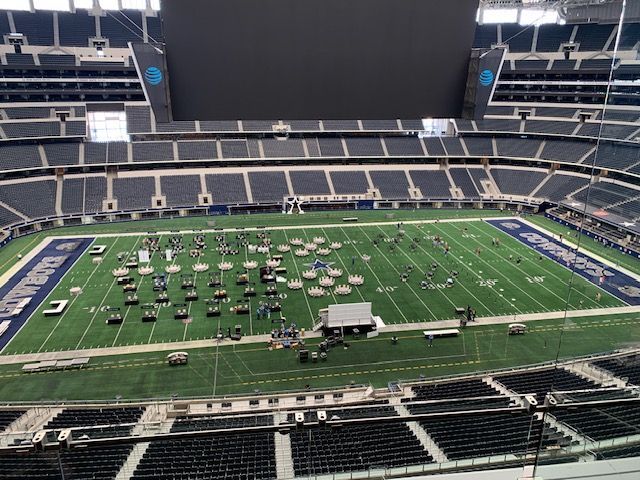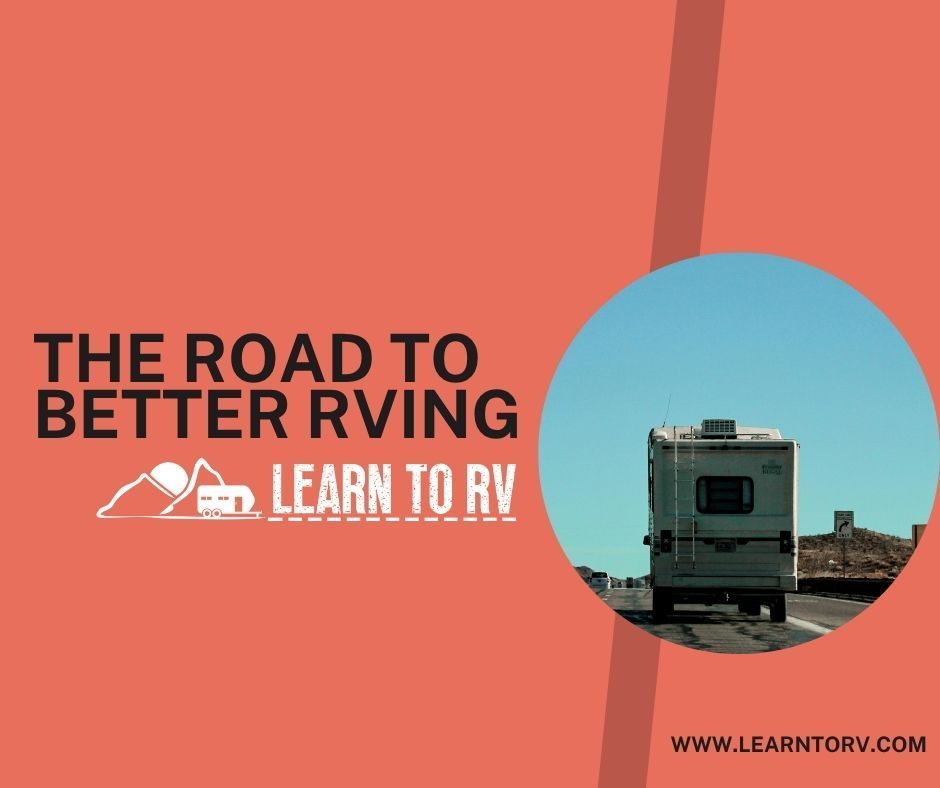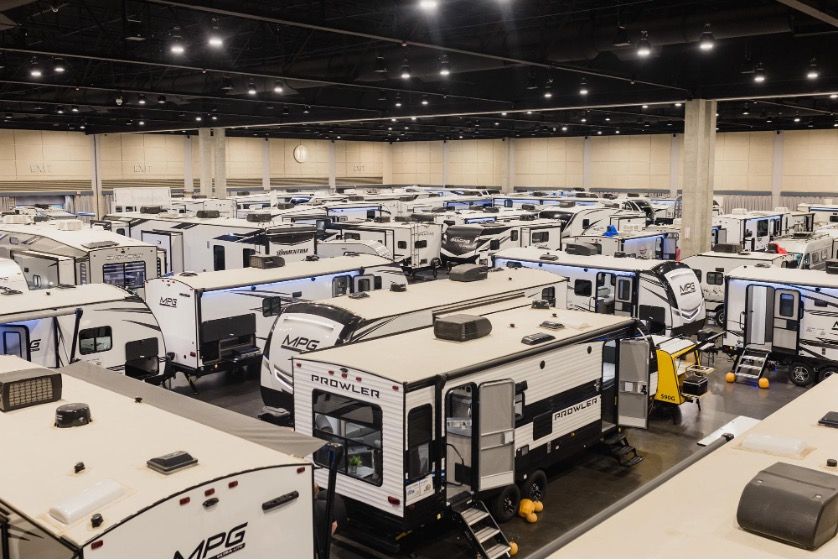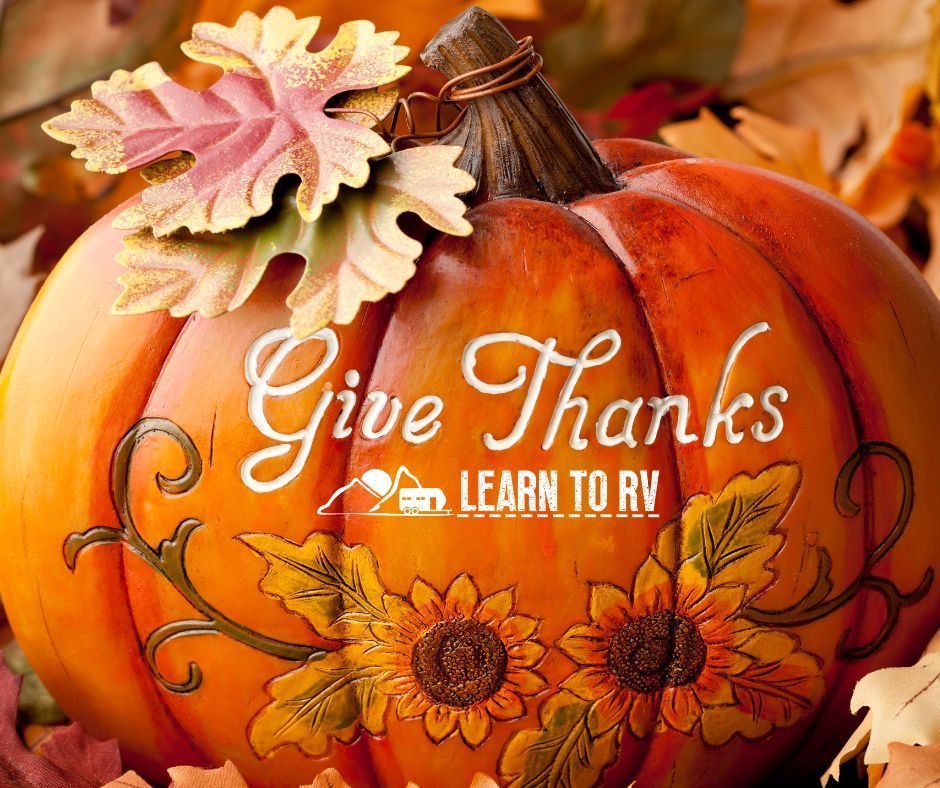Undiscovered Treasure: Camping Near the Erie Canal
Jennifer Schillaci • October 16, 2025
From Towpaths to Timeless Tales—Explore the Erie Canal’s Living Story
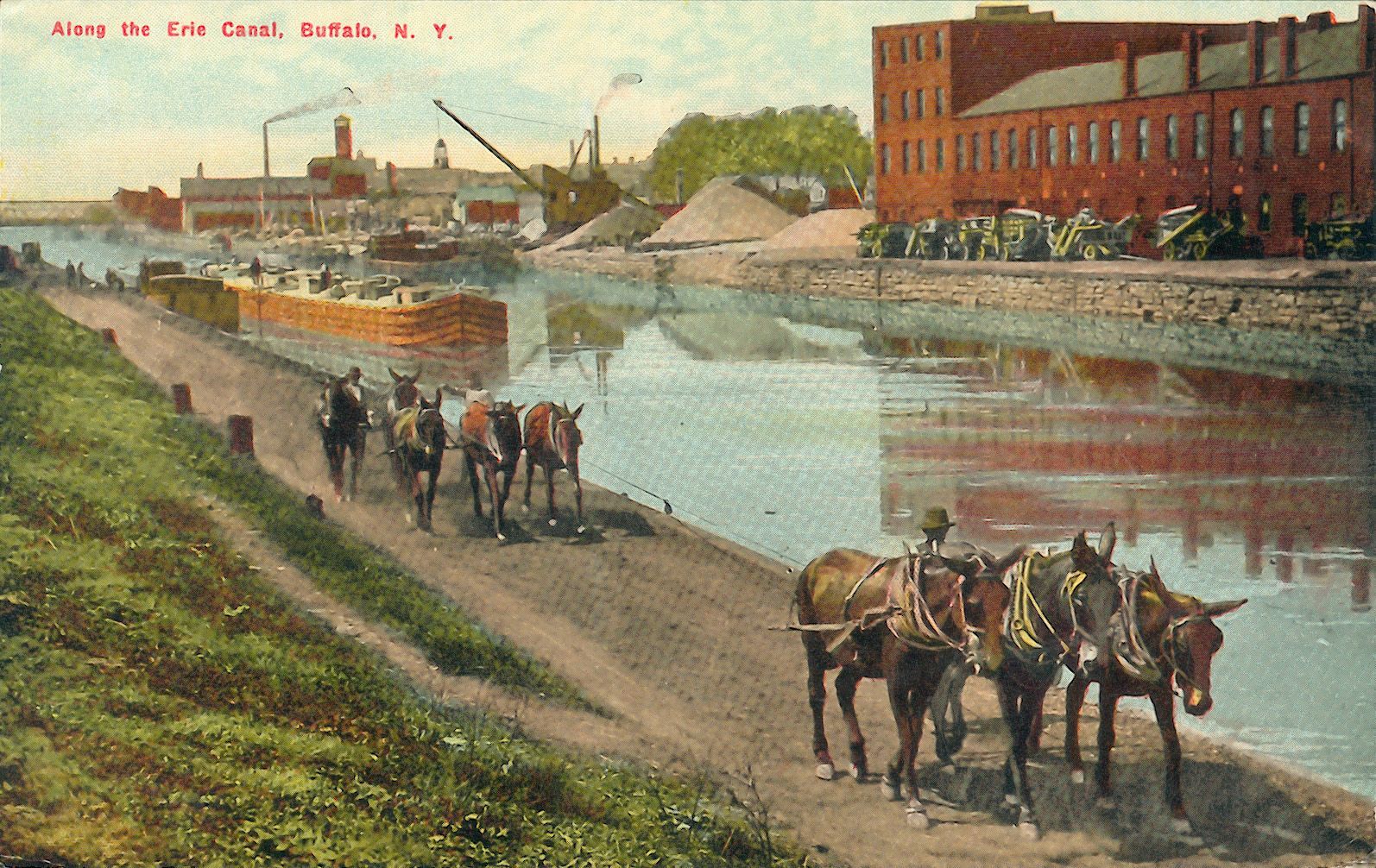
I grew up in Upstate New York, not far from the Erie Canal. Back then, I didn’t see it as anything special. It was just… there. A quiet waterway with a few old locks and bike paths. Something adults talked about in history class or pointed out on field trips. I never imagined it would become a place I’d return to with my own family—this time, with fresh eyes.
Recently, we traveled from Massachusetts back to Upstate NY to visit family, and on our way, we stopped at a sweet little campground tucked along the Erie Canal. It wasn’t flashy. It wasn’t crowded. But it was peaceful, welcoming hosts, and full of quiet charm. And something about that stop made me pause & reflect.
The Chapters of the Erie Canal
A Bold Beginning
In 1825, the Erie Canal opened with fanfare and fireworks. It was a marvel—40 feet wide, 4 feet deep, stretching from Albany to Buffalo. It connected the Hudson River to the Great Lakes and turned New York into a commercial powerhouse.
But the canal couldn’t stay small for long. Boats lined up at locks. Traffic bottlenecked. So in 1836, the first enlargement began. Over the next two decades, engineers widened the canal to 70 feet and deepened it to 7. They lengthened locks, rerouted sections, and doubled capacity. It was a massive undertaking. It was a sign that the canal was more than just a waterway.
A Modern Makeover
By the early 1900s, the world had changed again. Steam engines replaced mules. Motorized boats needed deeper channels. So New York launched the Barge Canal project, an even bigger transformation.
From 1907 to 1918, the canal was widened to 125 feet and deepened to 12. Towpaths were removed. Locks were modernized. Entire sections were relocated into rivers and lakes. Some towns lost their original canal routes. Others gained new ones. Rochester even turned its old canal into a subway.
It wasn’t just an upgrade—it was a reinvention.
The Future of the Erie Canal
Two hundred years ago, the Erie Canal was a bold experiment—a manmade waterway carved through wilderness, connecting the Hudson River to the Great Lakes and transforming New York into a commercial titan.
Today, it’s writing its next chapter.
The groundwork for the future of the New York State Canal System is being laid right now. What was once a linear recreation way—a path for boats, bikers, and history buffs—is evolving into something bigger: a vibrant collection of parks, trails, and community spaces.
Rediscovering the Canal’s Legacy
The Erie Canal isn’t just a waterway, it’s a thread that helped stitch together the fabric of New York State. It shaped towns, trade routes, and generations of travel. It connected the Hudson River to the Great Lakes and turned sleepy villages into bustling hubs. And even now, its impact lingers in the rhythm of small towns and the stories etched into lock walls.
For those of us traveling by RV, this evolution is a gift. It means more places to camp, more trails to explore, and more opportunities to teach our kids about the ingenuity that shaped our country. It means small towns with big stories, and quiet mornings by the water that feel like home.
As we camped near Saint Johnsville, I saw it differently. The Erie Canal isn't just a relic.
I saw the canal as a living legacy. A place where families can bike the towpath, watch boats pass through locks, and learn about the ingenuity that carved this route through the heart of the state. The future of the Erie Canal is being written by communities just like ours, families, and travelers who believe in connection.
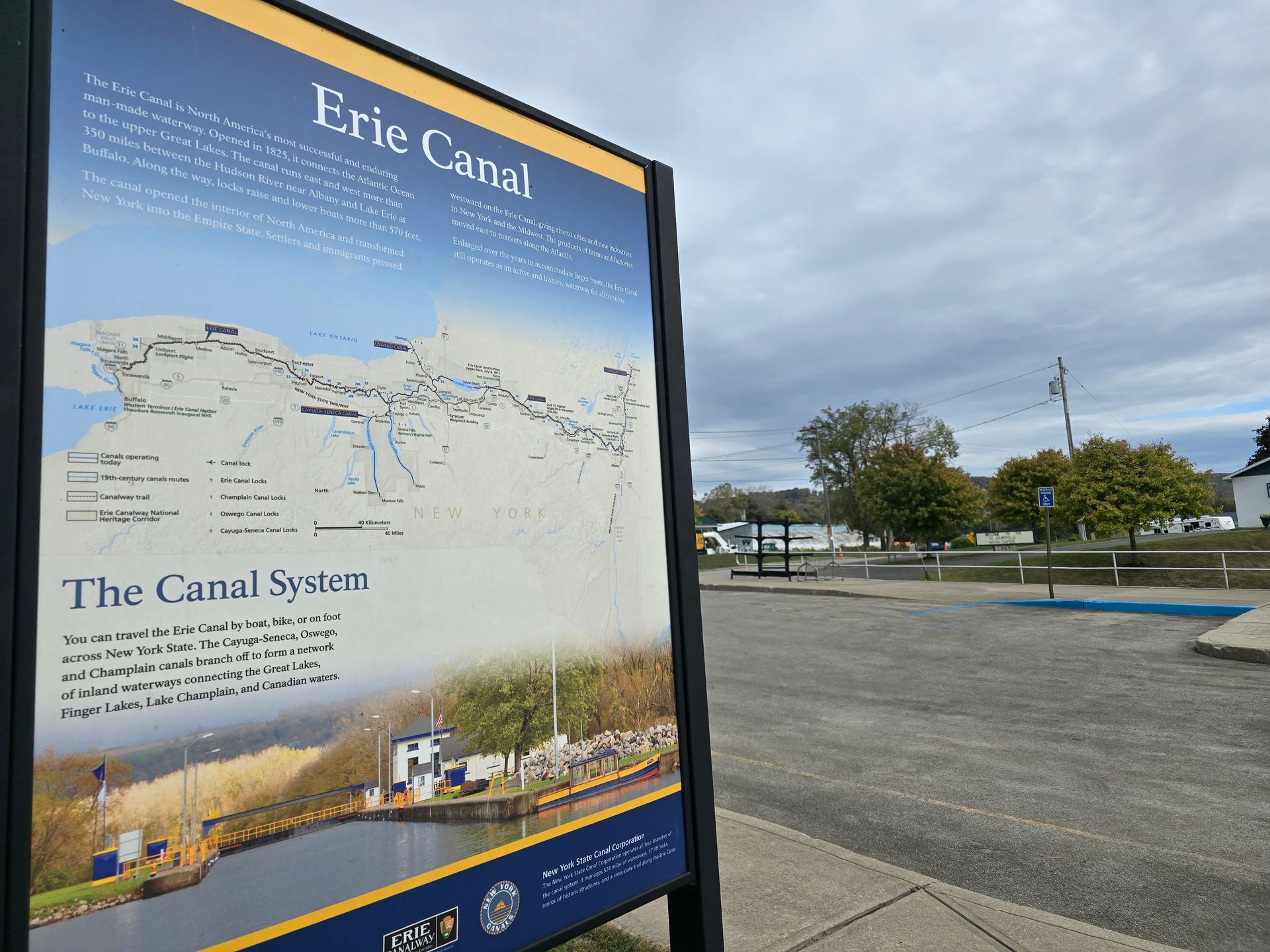
10 Unforgettable Ways to Experience the Erie Canal’s 200th Anniversary
Step Aboard the Seneca Chief Replica
A handcrafted replica of the original 1825 canal boat is sailing across New York, stopping at historic ports like Baldwinsville, Rome, Utica, and Little Falls. Visitors can tour the boat, explore recreated cabins, and engage with interactive exhibits.
Attend a Bicentennial Festival
2025 was a celebration of the Erie Canal. From Rochester’s “ROC the Riverway” to Buffalo’s “Summer Send-Off,” towns along the canal are hosting concerts, fireworks, and family-friendly events that celebrate the canal’s legacy.
Bike the Erie Canalway Trail
Stretching over 360 miles, this scenic trail follows the canal’s original towpath. It’s perfect for families, roadschoolers, and history lovers looking to explore at their own pace.
Paddle Through Locks and Lift Bridges
Rent a kayak or canoe and experience the canal from water level. Paddle through historic locks and under lift bridges for a hands-on adventure.
Visit Erie Canal Museums
Explore places like the Erie Canal Museum in Syracuse or the Camillus Erie Canal Park to dive into the canal’s economic, cultural, and environmental impact.
Watch “America’s Stairway” Documentary
This film about Lockport’s Flight of Five premiered to sold-out crowds and showcases the canal’s engineering marvels and community pride.
Join a “Gathering of the Waters” Ceremony
Inspired by the original “Wedding of the Waters,” these ceremonies include planting eastern white pine trees at each port to honor history and community.
Take a Guided Canal Cruise
In Albany, Buffalo, and other canal towns, you can hop aboard narrated cruises that blend history, nature, and local flavor.
Chase a Waterfall
Many of New York's best falls are in the area! Find them in Cohoes, Rochester (High Falls), Holly, and Medina or discover them thoughout the area like Watkins Glen
Slow Down in a Canal Town
Visit the "100 Must See Miles" from Medina to Clyde, hunt for antiques in the Mohawk Valley, or experience the history and culture in canal towns like Syracuse, Albany, Rochester or Buffalo
The Erie Canal isn’t just old—it’s legendary. And its 200th birthday is the perfect time to rediscover its magic. Whether you’re camping nearby, roadschooling through New York, or just craving a slower pace, the canal offers something for everyone.
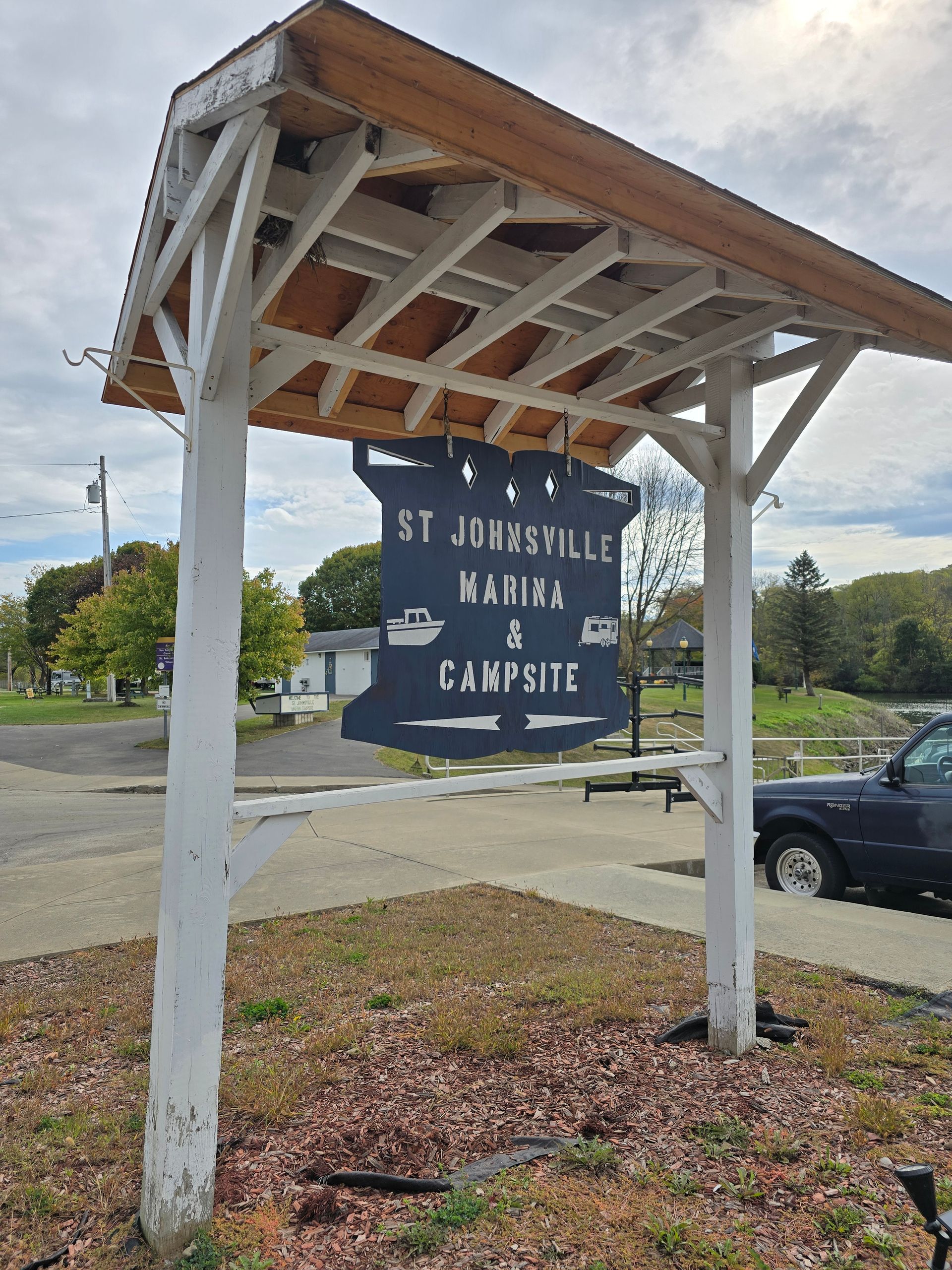
A Hidden Gem on the Erie Canal: St. Johnsville Marina & Campsite
Tucked along the quiet curves of the Erie Canal, in the heart of Upstate New York, lies a little treasure you might miss if you’re not looking for it—St. Johnsville Marina and Campsite. Open through the fall (into November), right in the middle of prime leaf-peeping season, it’s the kind of place that feels like a secret worth sharing.
We stumbled upon it during a recent trip to visit our family, and it quickly became one of those stops that lingers in our memory—not just for the views, but for the people.
Meet Franny: The Heart of the Campground
Franny and her husband, an Army veteran, don’t just run St. Johnsville Marina and Campsite, they pour heart into every inch of it. Before we even arrived, Franny called to make sure we could find the place. And sure enough, there she was, standing by a traffic cone like a one-woman welcome committee, waving us down with a smile that said, “You’re gonna love it here.”
She personally guided us to our site, made sure we fit with ease, and then—rather than handing us a map and sending us off—she launched into her favorite local gems. Canal-side bike paths, cozy diners, weekend food delivery right to your rig, and even a snack for our dogs… Franny’s enthusiasm is downright infectious. By the time she finished, we weren’t just excited to explore—we wanted to see it all through her eyes.
• Canal-side bike paths perfect for fall foliage
• Quiet spots to paddle or fish
• Hometown favorites that make you feel like a local
Her excitement for the region is contagious. You’ll find yourself wanting to explore every corner, not because it’s on a brochure—but because Franny made it feel like your story.
Why It’s Worth the Stop
• Peaceful canal views
• Small-town charm with big hospitality
• Perfect base for fall adventures and Erie Canal history
• A chance to slow down and connect - with nature and with each other
Comforts and Community
• Well-kept bathrooms and a clean, cozy laundry room
• Local restaurants deliver right to the campground on weekends
• Canal views and quiet mornings perfect for reflection or family time
• A true hometown feel, where you’re not just a guest—you’re part of the story
• Affordable seasonal and nightly rates
• Big Rig Friendly FHU pull through sites
If you're planning a fall RV trip or scouting a rally spot that blends history, heart, and hospitality, St. Johnsville Marina and Campsite is a must.
It’s not just a place to park, it’s a place to belong. From the moment Franny greets you at the traffic cone, you’ll feel the warmth of a true hometown welcome. She’ll share stories, local gems, and her contagious love for the Erie Canal region. And when you meet her, don’t forget to say we said hello. We’re still smiling from our stay, and we know you will be too.
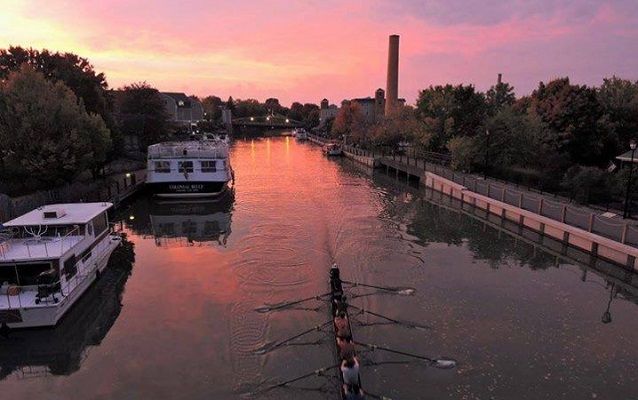
Tucked along the canal, you’ll find small, family-run campgrounds that offer more than just a place to park—they offer peace, heart, and a chance to slow down. These welcoming spots are perfect for reconnecting with nature and each other.
History comes alive here. From hands-on lock stations to charming canal museums and walking trails that trace the original towpath, every step invites you to explore the past in a way that’s tangible and engaging.
For families, it’s a haven of simple joys. Kids can bike along the water, cast a line, or enjoy a canal-side picnic while parents soak in the scenery and serenity.
And don’t miss the local flavor—farm stands bursting with seasonal produce, antique shops full of character, and diners where the pie is homemade and the smiles are real.
Canal Boating Basics
Season & Hours: The canal is open mid-May through mid-October, daily from 7am to 5pm. Many locks and lift bridges operate on demand until 10pm.
• Permits: No boating permit is required, and lock passage is free.
• Launch Points: There are over 80 public boat ramps along the canal for short or multi-day trips.
Lock Navigation Basics
• Contacting the Lock: Use Marine Channel 13 or sound three horn blasts to request entry.
• Entering: Wait for a green light, then proceed slowly. Use fenders to protect your boat.
• Securing Your Vessel: Tie off mid-ship using ropes or cables provided inside the lock.
• During the Lock Cycle: Hold your lines as water levels change. It takes about 15–20 minutes to pass through.
• Exiting: Wait for gates to fully open and the operator’s signal before departing.
Safety & Etiquette
• Life Jackets: Must be worn in locks. One PFD per person is required.
• Speed Limits: Follow posted limits to avoid shoreline erosion and fines.
• Clean Boating: Practice CLEAN-DRAIN-DRY to prevent invasive species spread.
Amenities & Communities
• Canal Amenity Centers: Offer restrooms, showers, Wi-Fi, laundry, and more.
This varies by location.
• Scenic Stops: Explore over 200 unique communities, from historic towns like Seneca Falls to quirky gems like Phoenix, where local kids (the “Bridge House Brats”) help boaters with lines and errands.
Beyond Boating
• The Erie Canal is part of America’s Great Loop and the Triangle Loop, connecting to Lake Ontario, Lake Champlain, and the Hudson River.
• You can rent canal boats with sleeping quarters and kitchens for a self-sufficient adventure.
Lock Facts & Engineering Marvels
There are 35 Locks on the Erie Canal: These help boats rise 566 feet from the Hudson River to Lake Erie.
Lockport’s “Flight of Five”: Historic stone locks sit beside modern Locks E34 and E35, showcasing 19th-century ingenuity.
Lift Bridges: 15 still operate in western New York, raising 15 feet to let boats pass while halting road traffic.
Movable Dams: 8 regulate water flow on the Mohawk River, pulled out in winter to prevent ice damage.
Historic Structures & Innovations
• Aqueducts: In the 1800s, 32 aqueducts carried canal boats over rivers—some remnants still stand, like at Schoharie Crossing.
• Weighlock Building in Syracuse: From 1850–1882, boats were weighed here to calculate tolls—up to four boats per hour, 24/7.
• Hydroelectric Power: Water from the canal powers facilities like the Mechanicville Hydroelectric Plant on the Champlain Canal.
A Hidden Chapter in RV Life
This wasn’t a bucket-list destination. It wasn’t a flashy resort. But it was a definately a treasure, undiscovered by many, unforgettable for us.
It reminded me that sometimes the places we overlook as kids become the ones we cherish most as adults.
If you’re traveling through New York, don’t skip the Erie Canal. Stop. Camp. Reflect. You might just find your own piece of history waiting for you.
Other blogs you might like...
